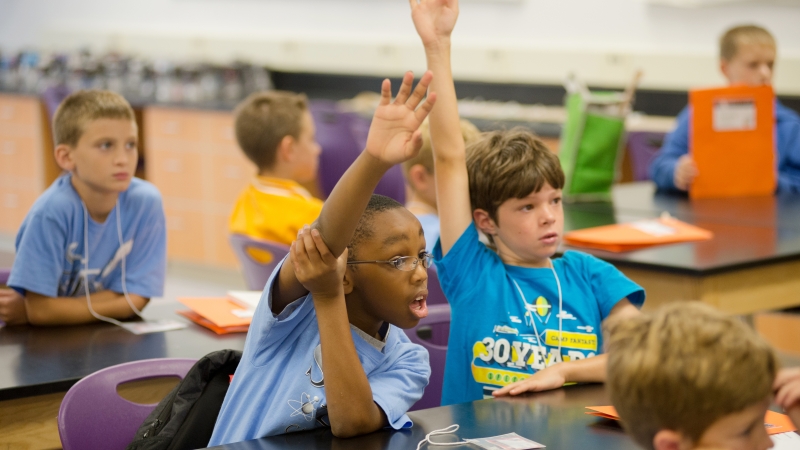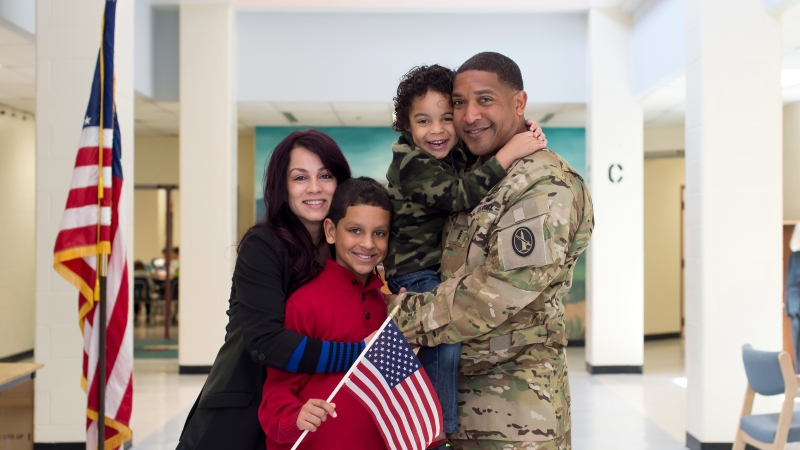
Analogies: Creative Connections!
A facility for working with analogies gives children a structure for generating creative ideas, seeing complex relationships, and making unusual comparisons.
Innovation and creative thinking are valuable skills that are needed in today’s workforce. A facility for working with analogies gives children a structure for generating creative ideas, seeing complex relationships, and making unusual comparisons. Analogies are a powerful thinking tool because they build upon the brain’s natural inclination to draw connections and comparisons as we learn new material, deepen our insights, and apply creative thinking in our everyday lives. They not only stimulate the imagination they also lead children to deeper understandings by connecting things that do not always appear connected. There are three kinds of analogy that may be used to stretch and extend children’s thinking, and each one becomes more complex as it is applied.
The first, the direct analogy, is a lot of fun and a good place to begin. My Best Friend is as Sharp as a Pencil is a lighthearted picture book in which a child describes her teachers and friends by comparing them to common objects, for example, one friend is quiet like a fish and another is clever like Legos. Through the use of analogies, the author has the child create a portrait of her school day that is creative, humorous, and engaging to readers. It may be important to note that simple analogies are different from similes because their purpose is to find an unexpected similarity between unrelated things rather than just comparing two things.
After reading the book, you may ask your child to describe their own friends using comparisons. When asked to do this, one young boy replied that his friend is like a monkey because he is silly but also like a tornado because he has strong opinions. Another young girl who was asked to use direct analogies to describe her dog said her fur is like a carpet when I pet her because she is so soft, and her ears are like leaves because they flap in the wind. Picture books are fun to read and provide practice in understanding and applying analogies. Animology: Animal Analogies
Marianne Berkes and Cathy Morrison is a fun rhyming book that compares and contrasts very different animals by pointing out their similarities. Once children understand how analogies work, there are numerous questions and sentence starters that may be used to stimulate the imagination and lead them to deeper understandings by connecting things that do not always appear connected. Examples include:
- Which geometric shape is most like you? Explain.
- Books are like gardens because…
- How is a friendship like a river?
- How is solving a problem like riding a bike?
- How are math problems like explorations in the New World?
Another strategy for working with analogies is the use of pictures to stimulate creative thinking and expression. For example, you can spread photographs from old calendars and magazines on a table and ask a child to choose pictures that best describe them and ask them to explain why.
One teacher did this with her students and asked each one to select a picture that described him or her as a learner. One student picked a flower and said, The flower shows how I learn because I learn little by little and so bud by bud, another child chose a city because when I am thinking about something, a lot goes on in my head, just like a city, and another chose dominoes falling because I have to make mistakes a lot of times before I reach the end. The dominoes also are like when I fall down I have to pick myself up again.
The second type of analogy is the personal analogy. This type of thinking challenges children to become the object of comparison and includes questions such as how does it feel to be a volcano, a Lego, or a snowstorm? The focus is on feelings and it is an exercise that gives children an opportunity to empathize with the object, become personally involved, and express different feelings. Children are asked how it would feel to be the object and why? For example, one child was asked, How does it feel to be a Lego? Responses included: creative because I am part of a structure, insignificant because no one notices me by myself, crowded because I am in a pile with a bunch of different Legos, colorful like a rainbow, lonely when I am stored, excited because somebody might build something with me, suspended because people might stack me or leave me somewhere, important because every part is needed, trapped because I am connected to other Legos.
The third analogy, the symbolic analogy, is more complex and builds on the thinking of the first two types of analogy, the direct and the personal. It is created by asking a child to put together opposite feelings that were listed in the personal analogy that seem to conflict or are charged with tension. Together these feelings create an oxymoron and stimulate creative thinking. For example, in the responses about how it feels to be a Lego, a child might put together Insignificant/Important, Creative/Crowded, Excited/Lonely, or Suspended/Trapped. The symbolic analogy is created by asking children to think of an object that captures one pair of feelings. For example, one child said that a bicycle is excited and lonely – excited when it is out exploring the world and lonely when it is put away waiting to be ridden. Another said that a ceiling fan is excited when it is spinning around and lonely when it is turned off because it just hangs from the ceiling. The final step in the symbolic analogy is to ask a child to compare the object associated with the paired feelings to a topic or concept. For example, you might ask, how is thinking like a bicycle? One child responded, Thinking is exciting because the ideas go around and around, they are both useful, a bicycle has different gears and there are different types of thinking, sometimes a bike goes fast and sometimes slow and same with thinking, someone can help you ride your bike and someone can help you be a better thinker, sometimes you ride with others and sometimes you ride alone and thinking is the same. They are both fun!
Analogies help children see relationships and connections among objects and ideas in an original light. Creating and connecting with analogies enhances flexible thinking and helps children see the world in new and unusual ways. New ideas emerge and new approaches to solving a problem may surface -- the possibilities are endless. The power of analogies to capture and stimulate the imagination of a child should never be underestimated.
Related Pages
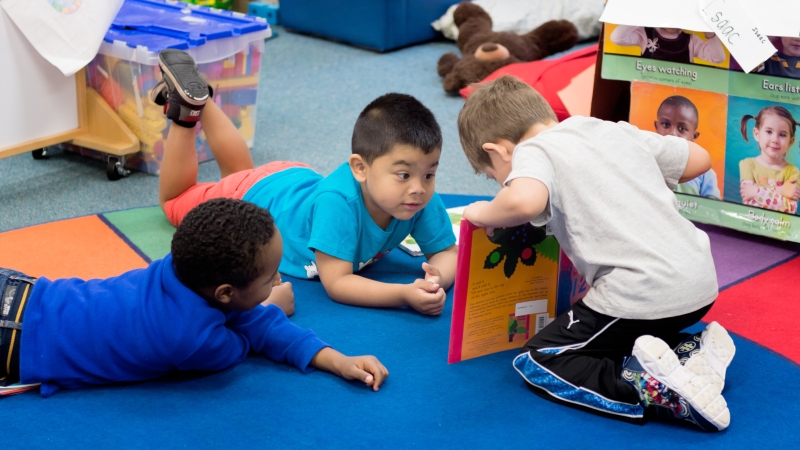
Research - The Road to Action
Teaching children how to research is a critical skill that can start early and will serve them for a lifetime. In today’s world, where there is so much information readily available at our finger tips, it is never too early to begin to teach children how to search with a “critical eye”.

Creative Problem Solvers
The significant problems we have cannot be solved at the same level of thinking with which we created them.

Creative Brainstorming with SCAMPER
Brainstorming encourages children to think of new ideas, combine existing ideas in new ways, and generate original and often unusual ideas.
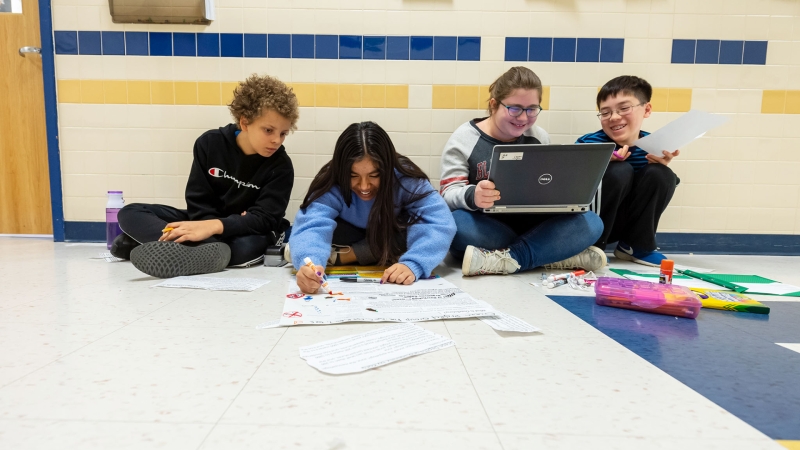
The Art of Persuasion
Persuasion is used quite broadly in today’s society.

Colorful Thinking
What color is your thinking? Six Thinking Hats, a book by Edward DeBono, provides a colorful structure to guide children as they discuss a topic or issue from six different perspectives.
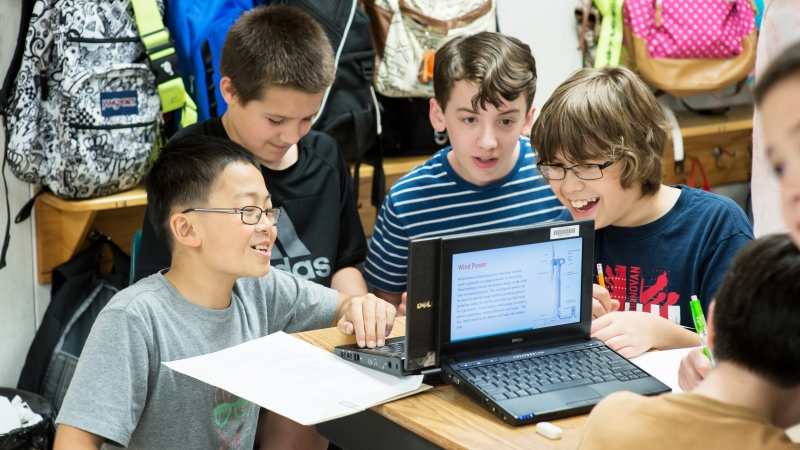
Decisions and Outcomes
“You can’t judge a book by its cover” is an age-old adage that lies at the heart of this decision-making strategy.
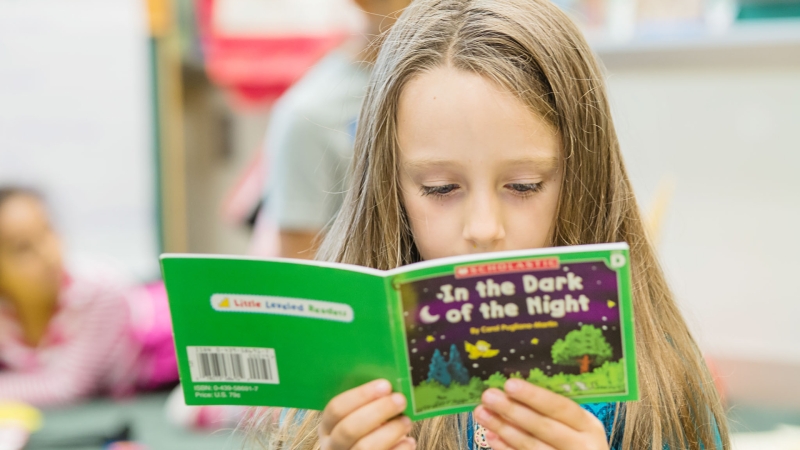
Point of View
Learning the role of view point and understanding that each person has a unique point of view is one of the most important thinking skills that a child can acquire.
